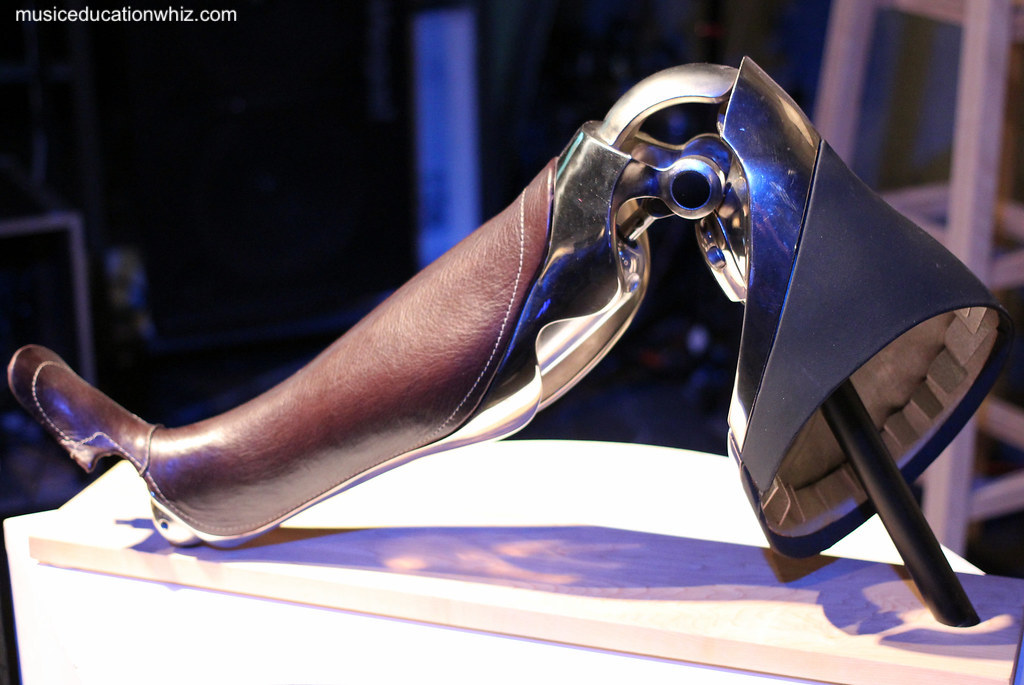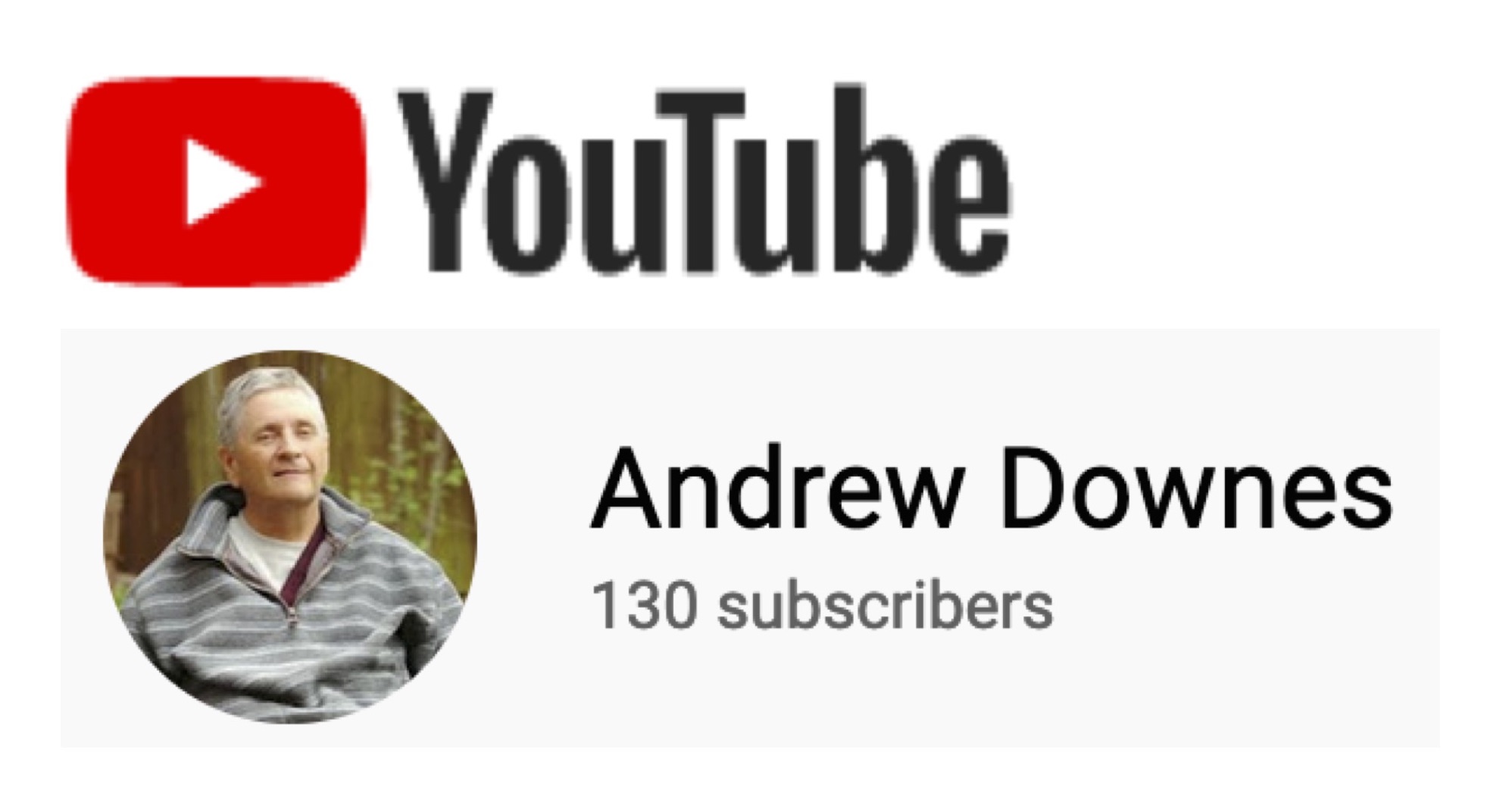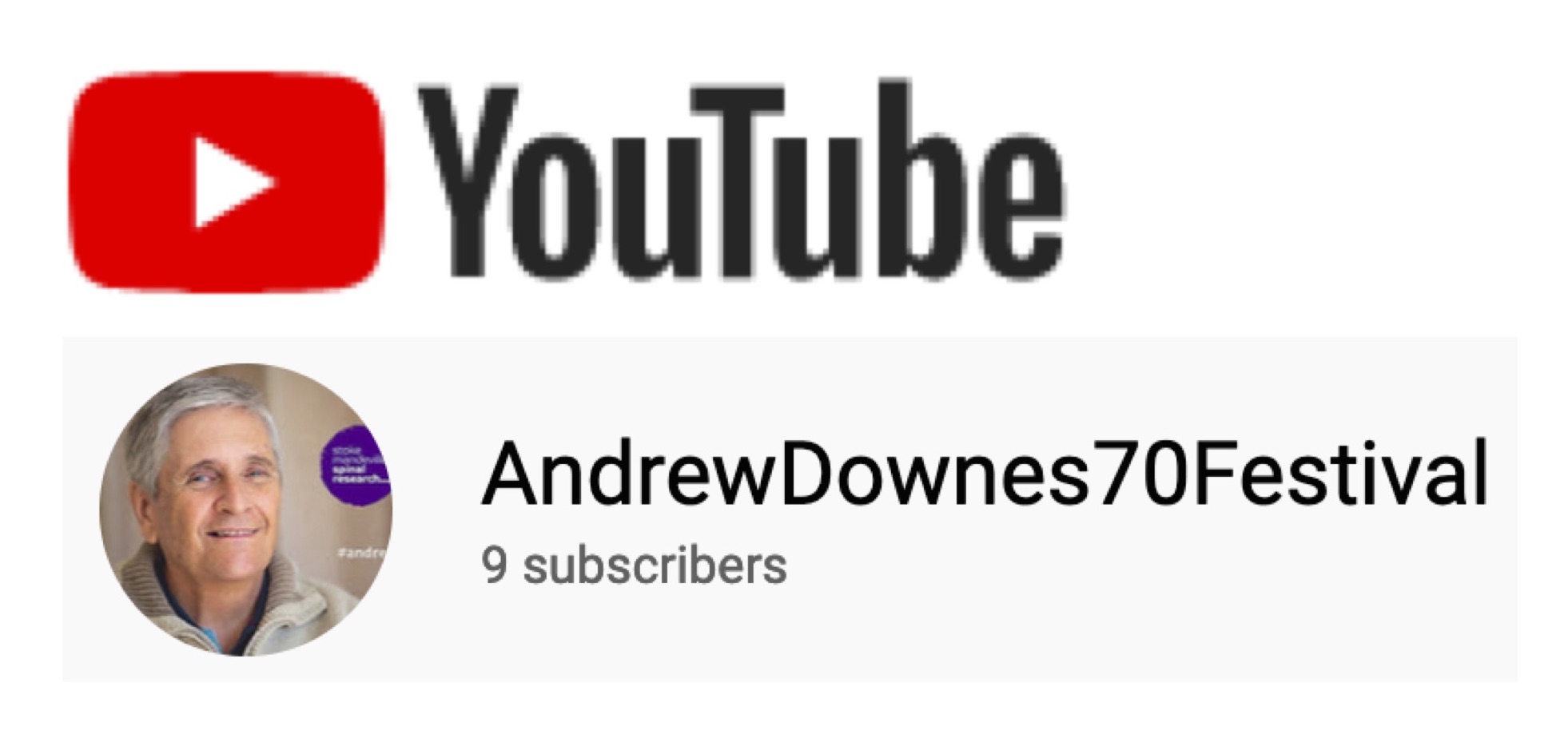Back to andrewdownes.com

Music Education
Resources by Paula Downes, a lot of music by Andrew Downes
Bionic Bodies: A series of 3 lessons for KS2/3
"Prosthetic Jewelry 1" by kerolic is licensed under CC BY-NC-SA 2.0
OBJECTIVES OVER THE THREE LESSONS:
- To achieve a broad understanding of ‘Bionic Bodies’/prosthetics, and how to characterise this through music
- To listen analytically to music
- To perform and improvise rhythms together
- To compose music, using body percussion, instruments and technology
RESOURCES:
Video/Recordings,
Instruments,
Sheet Music
Garageband,
Keyboards,
Microphones
LESSON 1
INTRODUCTION TO THE TOPIC - WHAT WE WILL COVER IN 3 LESSONS - 3 mins:
- We will learn what Bionic Bodies are
- We will listen to music that conjures up Bionic Bodies
- We will perform, improvise and compose music that conjures up Bionic Bodies
Today’s Lesson Objectves: to listen to, analyse, perform and improvise around the theme tune for Chariot’s
of Fire
VIDEO AND DISCUSSION - 10 minutes
Chariots of Fire: Music video by Vangelis performing Chariots Of Fire.
What is the film about? Why are we using this for the topic of ‘Bionic Bodies’? The concept of human biology
pushed to its limits; here young athletes in Cambridge training to run as fast as their bodies can go
What instruments can you see and hear? A mixture of synthesised and acoustic instruments
Why do you think the composer chose these instruments? To depict the combination of human and robotic
characteristics.
Describe the music and suggest reasons for the way it is composed: Repetitive ostinatos depicting the
training and robotic nature; soaring melody to depict the breaking away from the human body into new
territory
CLASS PERFORMANCE - 12 minutes
The class will perform Chariots of Fire together. An advanced pianist can play the underlying piano part, the
rest of the class can play the different repeating rhythms on instruments of their choice. Each child will be
given the opportunity to improvise their own ostinato against the existing piece, aiming to characterise
bodies in motion.
PLENARY - 5 minutes
The class will evaluate themselves and each other, discussing how they can build on what they have
achieved.
****************************
LESSON 2
Lesson Objectives: To learn about prosthetics, and music depicting robotic humans; to begin a composition
task on Garageband/Cubase (or similar)
VIDEO AND DISCUSSION - 9 mins:
Bionic Superhumans: The exciting Future of Prosthetics
What are your thoughts on this. Is it exciting, scary, unimaginable? If a blind woman walks with a cane,
is the cane part of her body?
KRAFTWERK DISCUSSION AND LISTENING - 9 mins
A German band formed in Düsseldorf in 1970. Widely considered as innovators and pioneers of electronic
music, they were among the first successful acts to popularize the genre. This is the first song in their 1978
Album, The Man-Machine, in which they developed a self-described “robot pop” style that combined
electronic music with pop melodies, sparse arrangements and repetitive rhythms, while adopting a stylised
image, including matching suits. Listen out for different ostinatos, different sounds, words - how do the
sounds characterise machines?
Composition Task: explanation and demonstration - 8 mins:
Using Garageband/Cubase (or similar), children will compose a piece entitled ‘Bionic Human’. The piece must
have a clear beginning, middle and end. I will demonstrate how to compose into Garageband, asking pupils
to contribute ideas for sounds and rhythms.
PLENARY - 4 mins:
Pupils will discuss how they could build on their own and their classmates’ ideas for the following lesson.
*******************************************************
LESSON 3
Lesson Objectives: To complete and present a composition task on Garageband/Cubase (or similar)
COMPOSITION TASK - 13 mins:
Pupils will compose their own Kraftwerk-style pieces on Garageband with a clear beginning, middle and end.
PRESENTATION WITH PEER ASSESSMENT AND SELF-EVALUATION AFTER EACH PERFORMANCE - 13 mins
PLENARY - 4 minutes
The class will discuss that they enjoyed most in this topic and why.
******************************************************
DIFFERENTIATION OVER THE THREE LESSONS
- Those working towards the expected level will understand the term ‘Bionic Bodies’ and how we can use music to depict it. They will participate in the class discussion, will perform an ostinato with others, improvise a rhythm alone, and will compose a rhythm into Garageband.
- Those meeting the expected level will be able to perform an ostinato in time with others and perhaps independently, and will be able to put at least 2 ostinatos together on Garageband. There will be a
separate beginning and ending section in their composition.
- Those working beyond the expected level will be able to perform and improvise confidently to the class, independently and in time and will play a leading role in group improvisations. They will be able to put many ostinatos together into Garageband, producing a complex composition. There will be a separate beginning and ending section in their composition.

Music Education
Resources by Paula Downes, a lot of music by Andrew Downes
Back to andrewdownes.com
Follow Cynthia Downes on Instagram to keep up-to-date with her blog posts.
If you have performed in any of Andrew Downes' works or come to listen, please share your experiences in the Premieres Blog! Also see what others have said. Thank you so much for your contribution.



